California is currently in its fourth year of historic drought conditions. While it’s true the majority of California’s water supply is used for agricultural purposes, about one third of the total urban use of water goes to maintaining residential and commercial landscapes.
With the growing awareness of the drought among Californians, it’s safe to say that we are in the midst of a landscaping paradigm shift. Environmentally-conscious millennials are just now gearing up to become the majority of homebuyers in the U.S. So replacing your lawn with drought-tolerant, beautiful and ecologically friendly landscaping is more than just a valiant effort to conserve water — it is also a great selling point for your home.
As we continue to sweat through the drought, now is the time to get serious about creating some California-friendly, drought-tolerant curb appeal, especially if you are planning on listing your home for sale in the future. Here are a few ways to get started.
Take Out the Grass
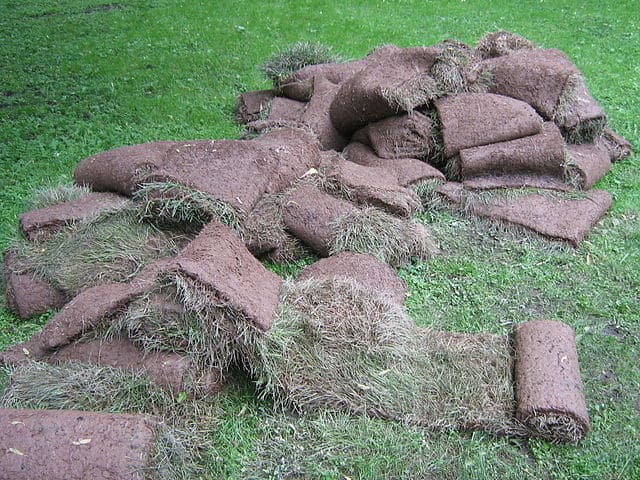
Once you’ve decided to replace your lawn with beautiful, drought-tolerant plants, you’ll need to eliminate your existing grass. This can be a challenging and time consuming part of the process but you can indeed do it yourself! Start by turning off your sprinklers and covering your lawn with dark fabric to kill the roots. You can also rent a sod cutter from your local home improvement store. You’ll need to plan for a way to dispose of the dead plant material and dirt waste. There are many services that will come to your home and haul it away for a reasonable fee. Since the soil underneath may not be healthy, either from years of chemicals or fertilizer use, it’s a great opportunity to till it and add organic fertilizers or compost.
Renovating your home?
Find out what your home's worth, edit facts, and see the impact of home projects.
Get Gardening
Renovating your home?

This is the fun part! To really get your California landscape right, you’re going to want to think beyond simple drought-tolerance. Choose as many native plants as possible since they are adapted to our local soil, water, and wildlife. Lavender and many of the salvia varieties require very little water and produce beautiful bee-friendly blooms that are great for cutting and displaying indoors. The Climbing Penstemon is another native choice that produces striking bright orange flowers that pop. Bonus: this variety also attracts hummingbirds! But it also requires a little shade so don’t plant it in direct sunlight. If succulents are more your speed, consider the popular Chicks and Hens variety that gets its name by producing it’s own offspring in the form of smaller “daughter” plants that spring up and take root close to the mother plant. Use mulch around the base of plants and on bare areas to help conserve water and create healthier soil through the decomposition process. Dymondia is a great, drought-tolerant ground cover with a silvery palette that will not clash with your other plants and is very nice to walk on, even with bare feet!
Irrigate
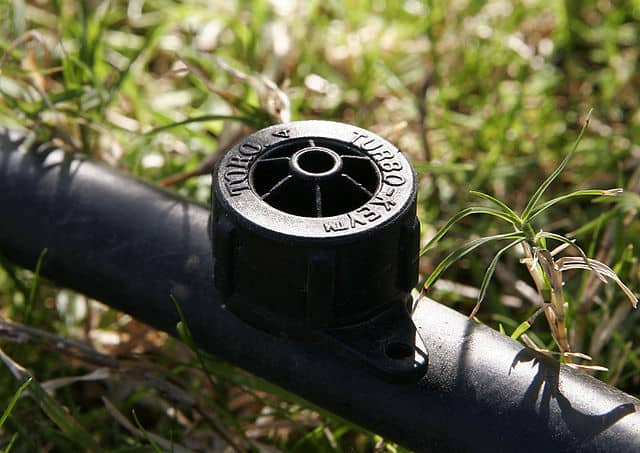
About 50 percent of the water emitted by traditional sprinkler systems is wasted due to wind, evaporation and the fact that many homeowners do not have them properly adjusted so they end up watering the sidewalk, driveway, patio, and street. Drip irrigation helps solve these issues by specifically targeting just the areas that need a modest slower drink of water. You can convert your existing sprinkler system for around $600. If your landscape is not too large or if this is just not in the budget, you can always hand water using your garden hose when needed or use “soaker hoses.” Be sure to water in the early morning or late evening when you’ll lose as little as possible to evaporation.
Looking to save money on your mortgage?
Conserve
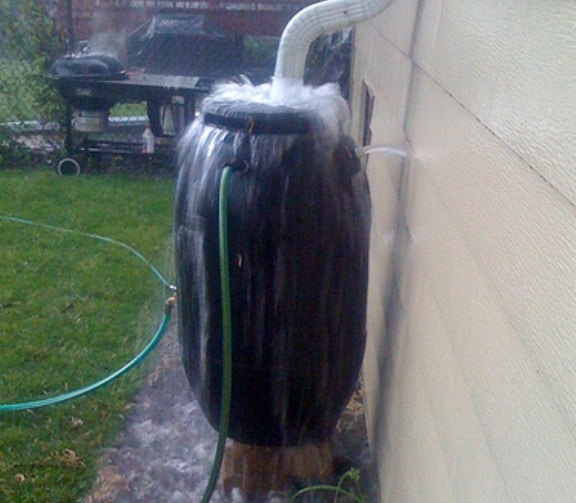
Now that you’ve got some serious water-wise curb appeal going, you’ll want to backup the beauty with some brains. Even though we are deep in the midst of drought in California, it does still rain on occasion! Take advantage when the heavens decide to open up by installing rain sensors on your irrigation system, and even a few rain barrels. During even a moderate downpour you can easily expect to capture 50 gallons of water per barrel from the rain that runs off your roof, which you can then use to keep your garden’s modest thirst quenched year-round.
Check out the website of your local water utility for more information on “Cash for Grass” programs. The Metropolitan Water District of Southern California has already exhausted its funds for their rebate program due to a huge surge of applicants. However, you can still submit your application and be placed on a waiting list for when more funds might become available this fall.
Even without the rebate, tearing out your lawn and installing drought-friendly landscaping will save you serious cash on your water bill and appeal to the next generation of homebuyers. It’s good for your pocketbook and good for the environment, so what are you waiting for?
Other popular posts:
1. The Stress-Free Guide to Selling an Inherited Home
2. Home After Rehab: Finding the Right Place for Recovery
3. Introducing Your Kids to Birdwatching in Your Backyard









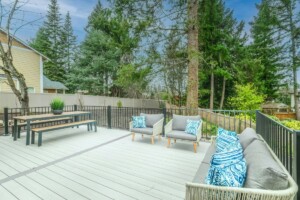
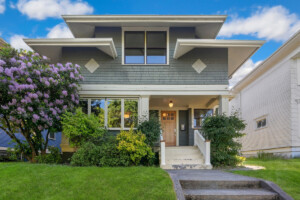


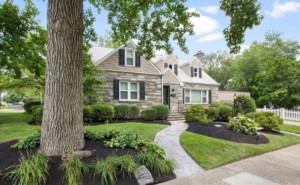





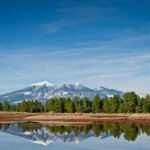






 United States
United States Canada
Canada